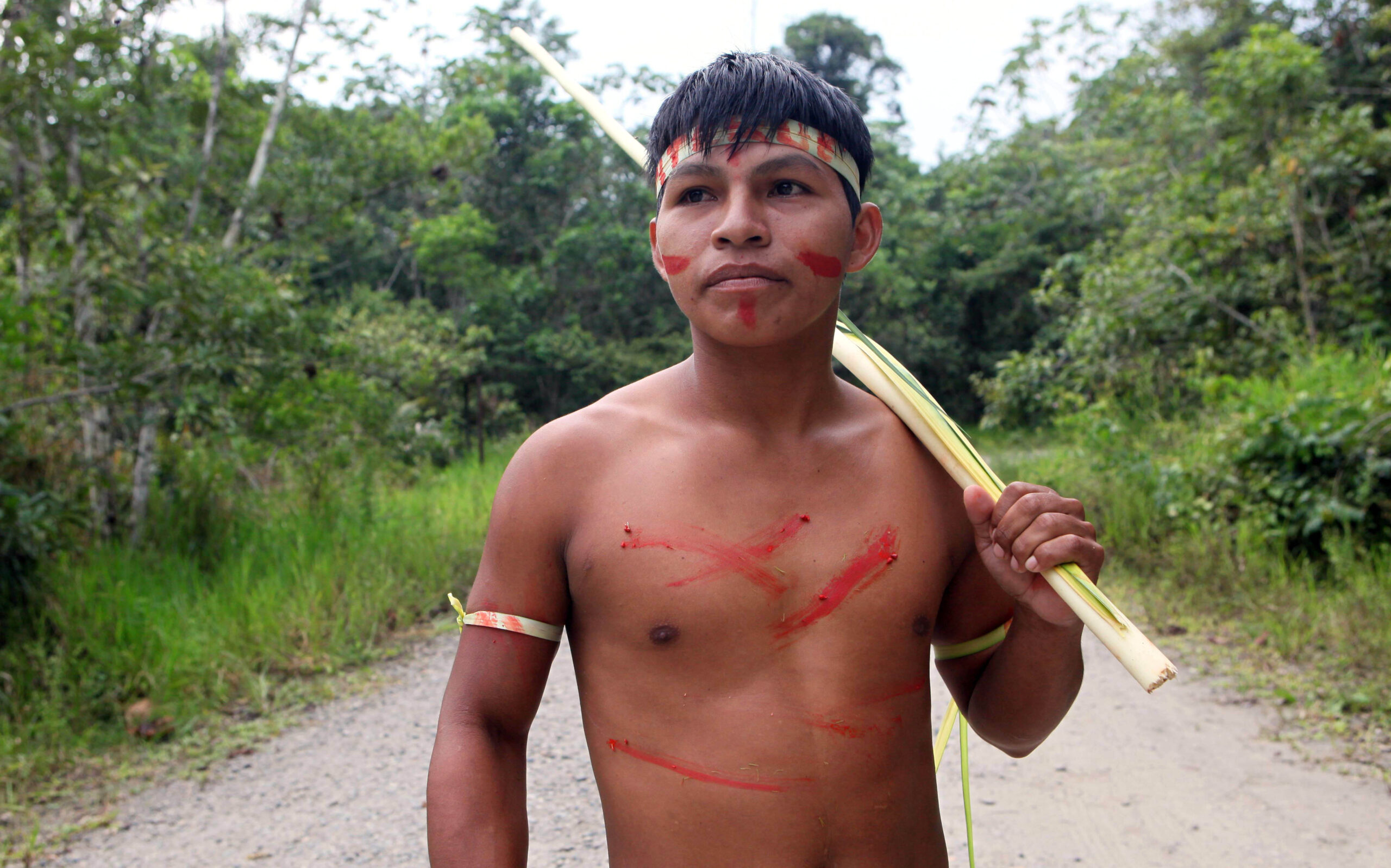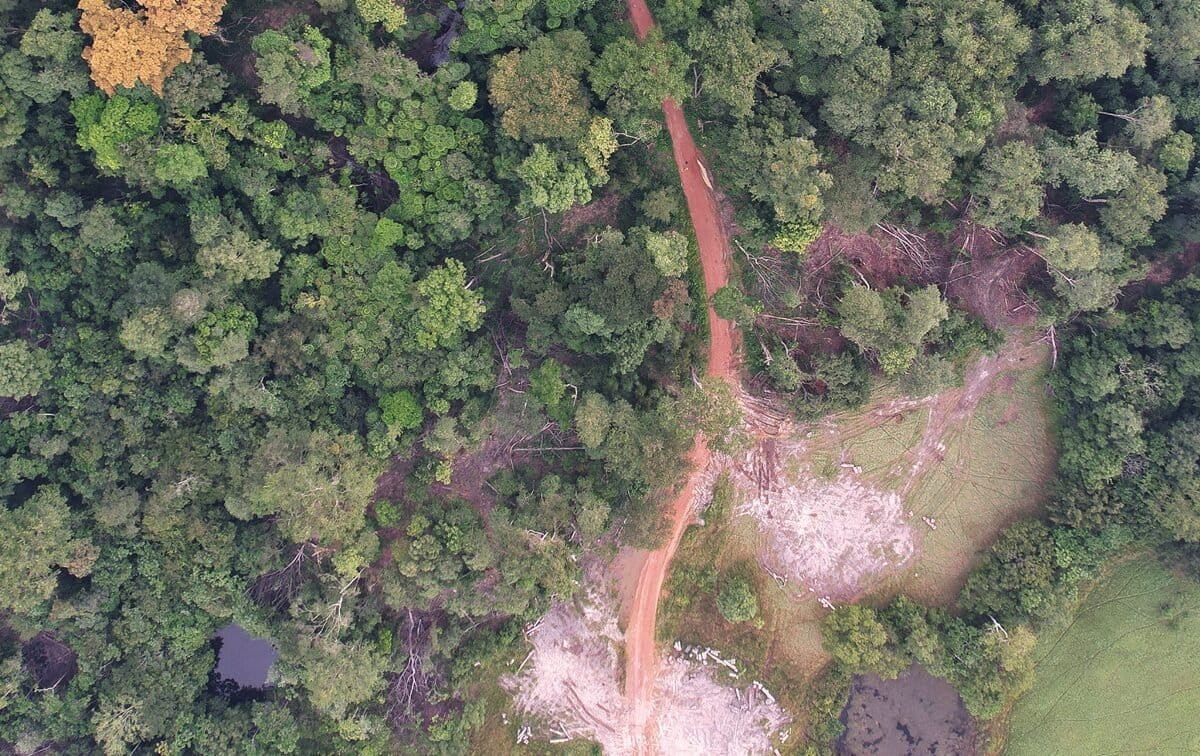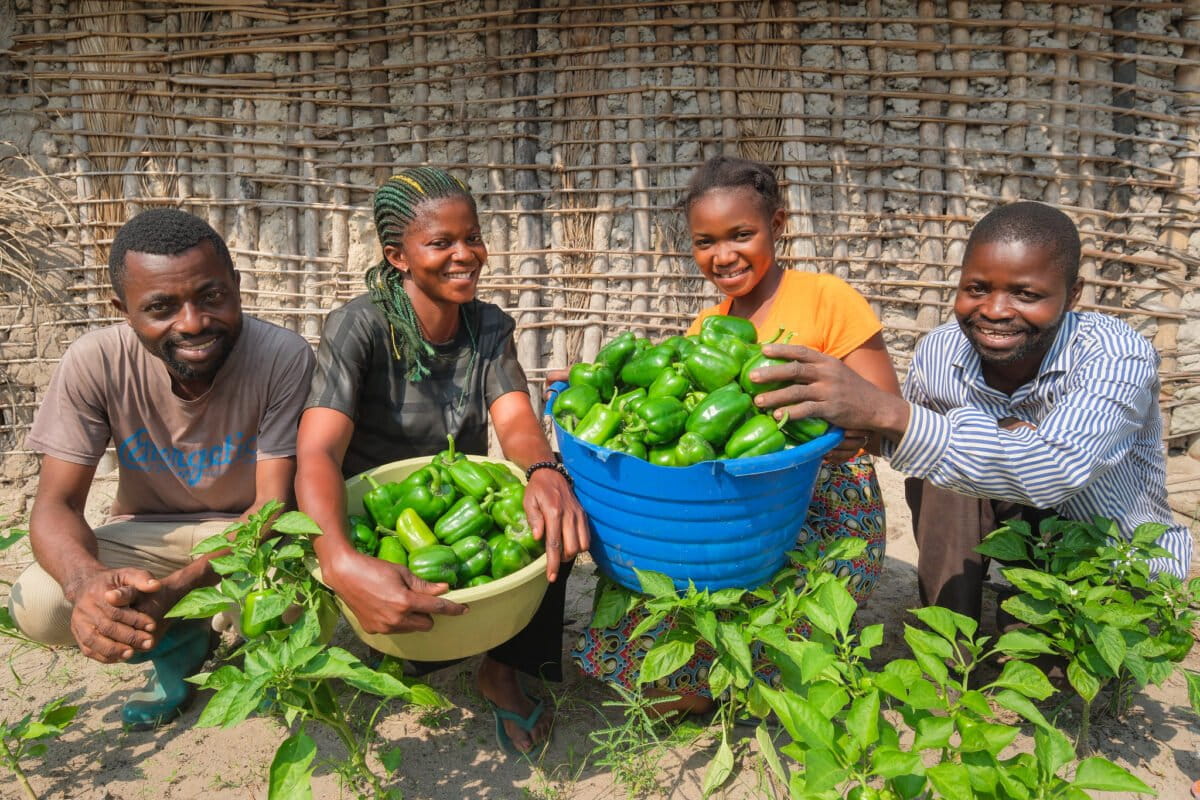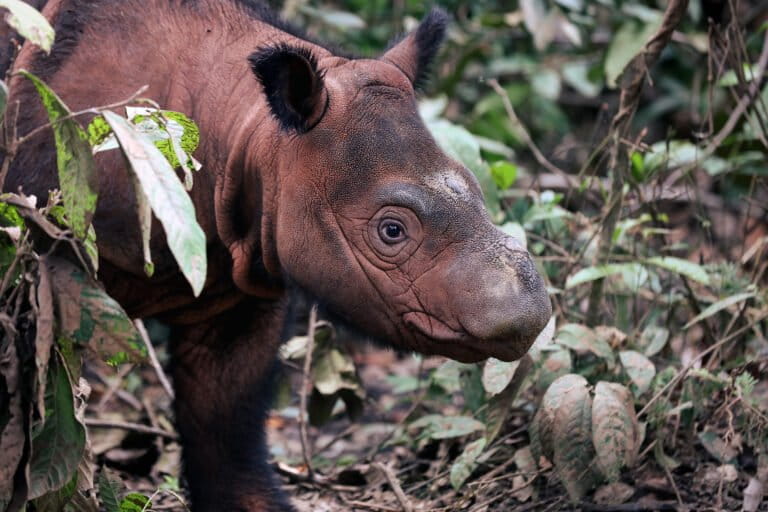- The Hangzhou Strategic Action Plan 2026-35, adopted at UNESCO’s 5th World Congress of Biosphere Reserves, in China, sets the global blueprint for conservation, development and research in the 759 reserves.
- Seven of the plan’s 34 targets directly address Indigenous peoples and local communities, calling for free, prior and informed consent, recognition of ancestral territories and integration of traditional knowledge into governance and livelihoods.
- Indigenous leaders and academics welcomed the recognition but noted that the plan could go further in addressing on-the-ground challenges, from limited funding and weak legal support to the need for clearer distinctions and indicators of Indigenous participation.
- UNESCO officials said the next step is to align the plan with reserve-level management strategies and to establish a monitoring and evaluation framework within two years to measure progress.
UNESCO has adopted a new 10-year strategy for its 759 biosphere reserves, set to kick in next year. The Hangzhou Strategic Action Plan 2026-35, launched at the 5th World Congress of Biosphere Reserves in Hangzhou, China, commits governments to strengthen conservation, sustainable development and research while more directly recognizing Indigenous rights and knowledge compared with the previous action plan.
Central to the plan is the recognition that Indigenous ecological knowledge, alongside science, must guide how reserves are governed and how communities living within them are supported. Seven out of 34 targets in the plan involve Indigenous peoples and local communities.
The new targets call for free, prior and informed consent in reserve designation and governance, the integration of ancestral knowledge into research and livelihood initiatives, recognition of ancestral territories within the World Network of Biosphere Reserves and discussions on how buffer and transition zones can contribute to U.N. global biodiversity goals.
“Indigenous knowledge systems, scientific knowledge systems and local knowledge systems all need to come together,” Lidia Brito, UNESCO’s assistant director-general for natural sciences, said in an interview with Mongabay. “If we bring this knowledge together, we can create a sustainable future and a harmonious relationship between people and nature.”

The Hangzhou plan also connects with other international goals.
It links directly to the 2030 Agenda for Sustainable Development, the Kunming–Montreal Global Biodiversity Framework and the 2024 Pact for the Future, framing biosphere reserves as key to global sustainability. It commits to advancing the U.N. Declaration on the Rights of Indigenous Peoples by centering Indigenous Peoples and local communities in implementation. The plan also draws on the IPBES Transformative Change Assessment and calls for stronger multilateral cooperation to confront biodiversity loss, climate change and pollution.
Theory to practice
For Tonny Martínez, a Yacal Indigenous leader from Peru, the Hangzhou plan is a welcome step due to its emphasis on Indigenous peoples and youth.
Martínez added that for these commitments to have real impact, they must be paired with enabling policies and practical tools. “By tradition we are the ones who protect the environment, and in my community, there is a great need for policies and technologies to support the recovery of our nature and culture,” he said.
Indigenous-led management is involved in dozens of reserves across the globe, according to a new UNESCO report, from the traditional knowledge of the Arctic ecosystem that defines Kujataa in Greenland, Denmark, to the rich cultural practices that guide the Baka people in the Dja Faunal Reserve in Cameroon.
Indigenous leaders like Martínez say the tension between policy frameworks and community realities is not new. UNESCO has long highlighted the role of Indigenous and local knowledge in shaping sustainable futures, yet implementation on the ground often lags behind global rhetoric.
Martínez noted that the Hangzhou plan does not yet capture the full scope of challenges communities face, pointing to national laws that don’t always support communities’ protection of reserves and budgets that rarely reach local people.
“In my country, at times we feel like we are struggling against the current,” he said.

To strengthen Indigenous peoples’ ability to lead and to articulate their own agendas without being diluted in state or institutional frameworks, he called for “a space exclusively for Indigenous peoples — a platform where we can discuss and advance our own priorities” within the biosphere reserve system, so these could be collectively channeled to UNESCO.
Outside observers also caution that strong language in the plan must be matched by clear mechanisms for implementation.
Marcelo Leguía Cruz, a geographer studying biosphere reserve management at Chile’s Playa Ancha University, said participation risks remaining symbolic if not anchored in concrete structures. He pointed to Chile’s La Campana–Peñuelas Biosphere Reserve, where Indigenous representatives now hold reserved seats on the management committee.
“This recognition has opened space for genuine collaboration, including the sharing of ancestral knowledge between Indigenous representatives and academic institutions,” he said. Expanding such arrangements, he suggested, would help ensure that participation moves beyond consultation to decision-making power.
He also proposed developing concrete indicators to measure Indigenous participation, such as tracking the percentage of Indigenous members on management committees and their involvement in conservation, economic initiatives and environmental education programs to gauge effective participation.
He warned that the repeated reference to “Indigenous peoples and local communities” in the action plan risks blurring important distinctions. “Local communities are not necessarily Indigenous. Indigenous peoples are very strict about the distinction between ancestry or lineage,” he said. Confusing the two has, in some cases, made them “feel excluded from decision-making,” he added.
Implementation
Organizers of the congress stressed that the drafting of the Hangzhou plan was highly participatory, engaging more than 400 representatives of UNESCO’s Man and Biosphere (MAB) program national committees, reserve managers, scientists and community organizations in the years leading up to the congress. UNESCO officials said this process was designed to ensure the final document reflects a wide range of perspectives, including those of Indigenous communities.

“Indigenous peoples are part of our network. They are part of the process,” Brito told Mongabay. “Their aspirations, their rights and their free, prior and informed consent are ensured in our work. So, I believe their perspectives are fully captured in the document.”
The next step, she added, is implementation. Over the coming two years, UNESCO’s MAB secretariat will design a monitoring and evaluation framework to track progress, while national committees adapt global goals into local management strategies.
For Leguía Cruz, the key test will be whether the Hangzhou plan’s rhetoric becomes measurable action. “The congress and the action plan must guarantee the participation of Indigenous peoples in the management of biosphere reserves moving forward,” he said.
Banner image: Antelopes huddle in the bush after being released in the Quicama National Park (now a UNESCO Biosphere Reserve), Sept. 16, 2000, about 75 kilometers (47 miles) south of Angola’s capital of Luanda. Image by AP Photo/Armando Franca.
COP26 pledge to support Indigenous & local forest tenure was just met. What was learned?
Related Mongabay podcast episode: Bridging Indigenous and Western knowledge with science and radio. Listen here:
Feedback: Use this form to send a message to the author of this post. If you want to post a public comment, you can do that at the bottom of the page.














